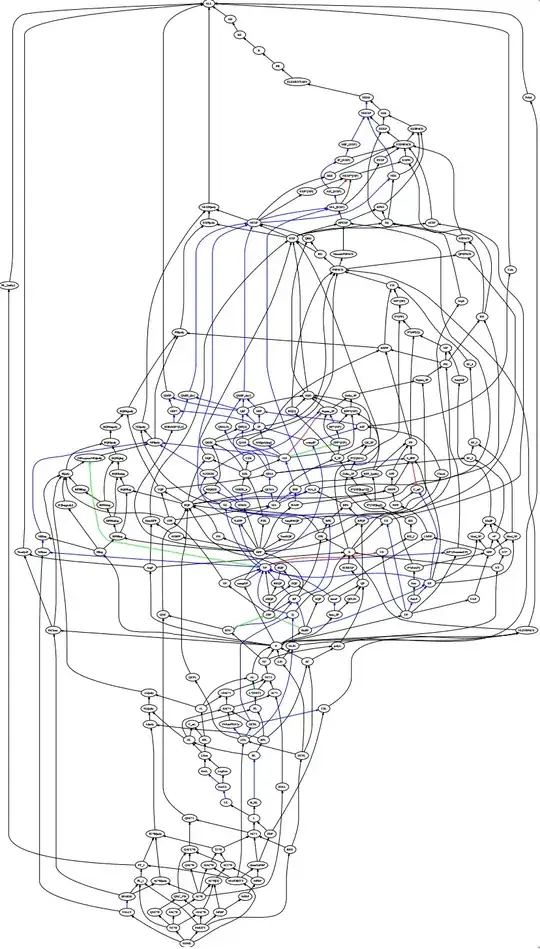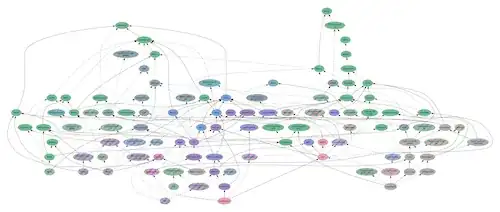We can read about the main complexity classes in textbooks and online in Wikipedia: http://en.wikipedia.org/wiki/Computational_complexity_theory
However, in papers, there are a lot of important new classes which are rarely found, such as $\textsf{PPAD}$.
How many complexity classes do you know? Could you please give a diagram to show the relations between them?

